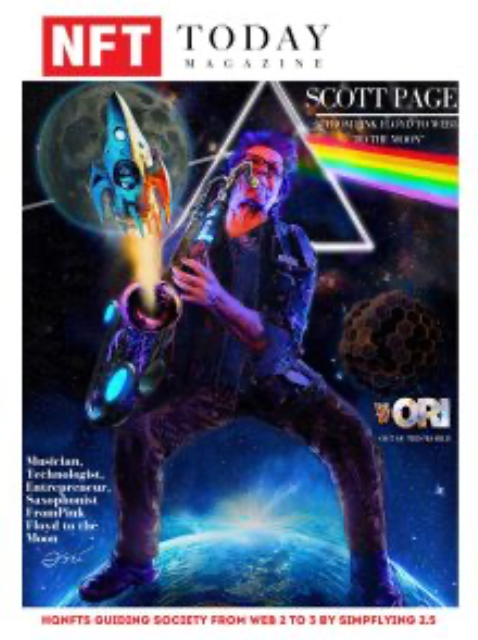How GPS Data and Pattern Recognition Are Redefining Political Optics
Staff Writer • 2025-03-24
The Denver Bernie-AOC Rally Shows How Tech Is Changing the Way We See Crowd Movements The massive rally in Denver featuring Senator Bernie Sanders and Representative Alexandria Ocasio-Cortez was promoted as a landmark grassroots event, boasting a crowd of 34,000 energized progressives. But recent GPS analysis tells a more complex story—one that highlights how technology is becoming a powerful tool in revealing the mechanics behind political mobilization. Using location tracking and behavioral pattern recognition, analysts uncovered that the actual number of attendees may have been closer to 20,000. More strikingly, a significant majority of devices present were linked to dozens of other political demonstrations, suggesting the crowd was less organic and more orchestrated. GPS Is No Longer Just About Where You Are—It’s About Where You’ve Been Modern location data doesn’t just capture a moment—it builds a behavioral portfolio. When devices at an event are cross-referenced with past movements, a clear picture emerges: who’s a first-time participant, who’s a serial protester, and which networks are at play. In the Denver case, over 80% of attendees’ devices had been logged at at least nine other events, including past Antifa, BLM, pro-Palestinian rallies, and political campaign stops. Some had shown up at more than twenty. That level of repeat participation isn’t accidental—it’s algorithmically traceable. Astroturfing in the Age of Algorithms What used to be suspected through anecdotes can now be verified with data. When rallies claim to be grassroots but are disproportionately filled with the same mobile footprints seen across the country, the narrative starts to shift. This isn’t a new tactic—just a new lens. Political movements, no matter their ideology, often rely on core networks of mobilized supporters. What’s different now is that pattern detection makes these networks visible, quantifiable, and difficult to deny. The New Optics War Is Powered by Tech Political theater is still about crowd size, media buzz, and slogans—but now it’s also about metadata. For organizers, that means every step taken by supporters can be used to shape or question the story. For analysts, journalists, and voters, it’s a chance to separate momentum from manufacturing. In this new era of political engagement, appearances are no longer enough. The data beneath the surface tells its own story—and increasingly, it’s impossible to ignore.
See More Posts
A look at how NFTS, Web 3, Gaming, Cryptocurrencies and Blockchain are reshaping businesses across the globe.
@NFT Today Magazine


